The Soviet Sea During the final decade of the Cold War, the Soviet Union unveiled one of the strangest and most ambitious machines ever to touch water: the Lun-class ekranoplan. Neither ship nor aircraft, it belonged to an unusual category known as ground-effect vehicles, designed to skim just a few meters above the surface of the sea. Now you can build your own Lun-Class as 1meter long model.
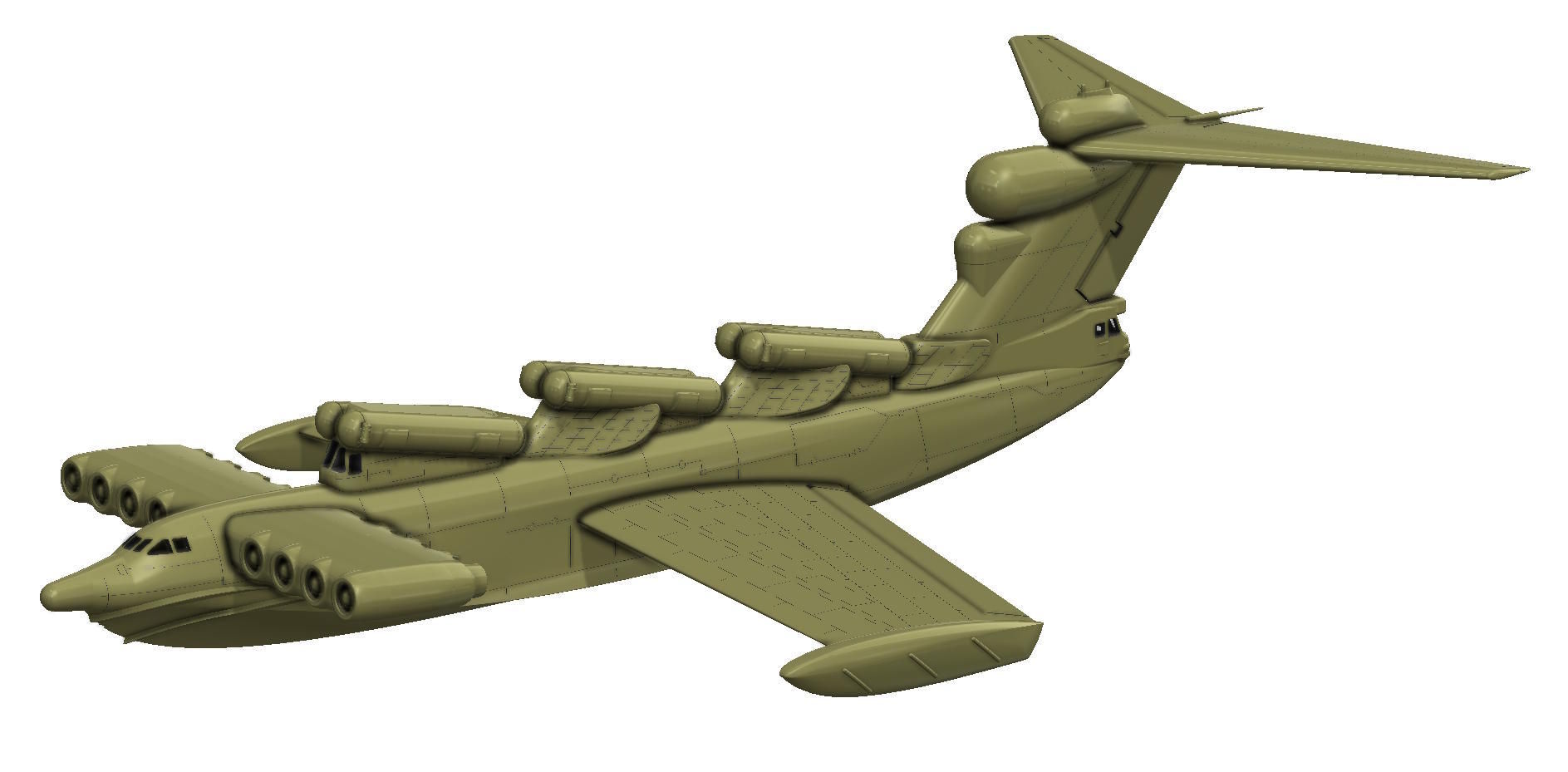
Continue reading for more information and your free STL file.
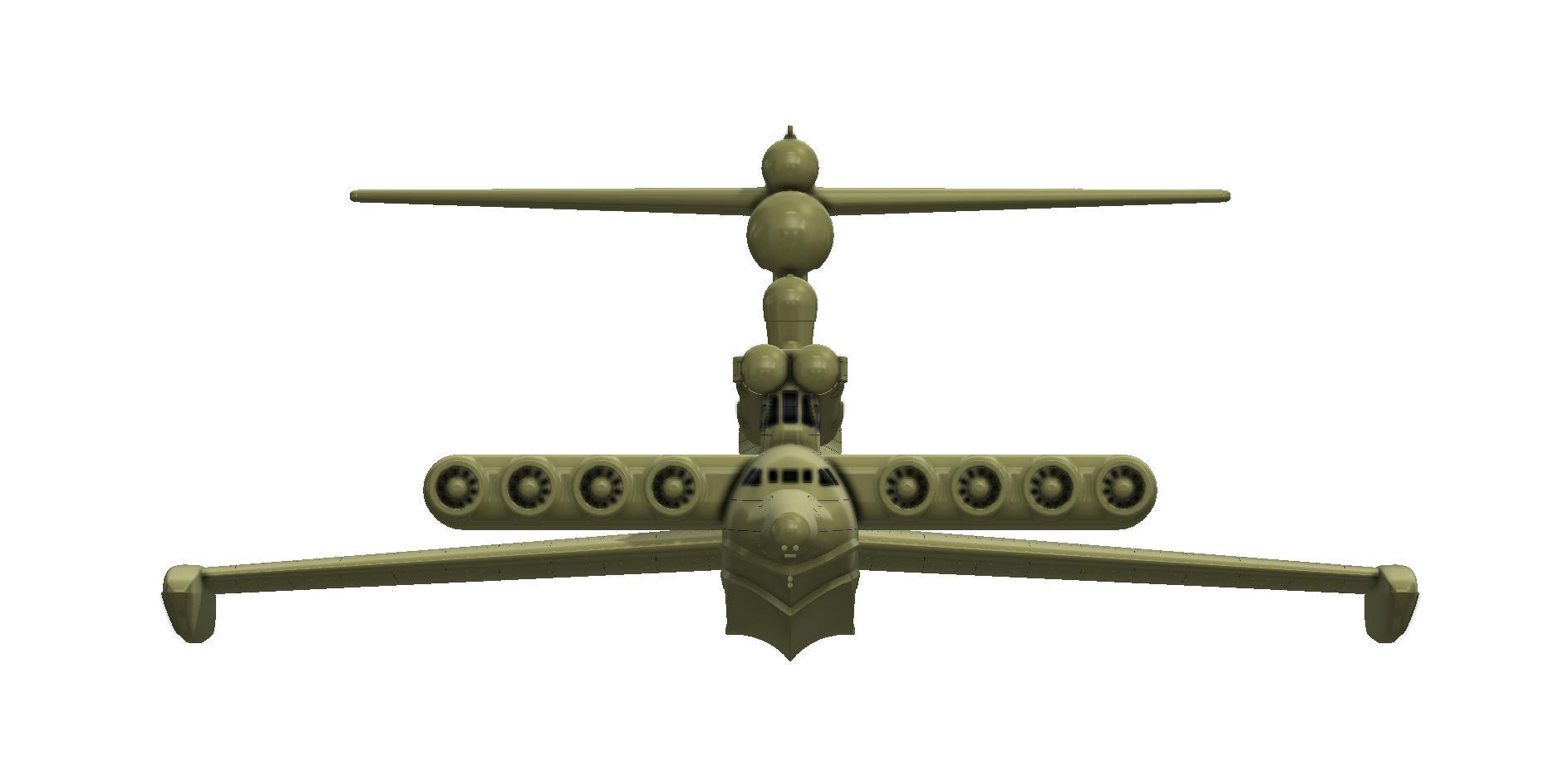
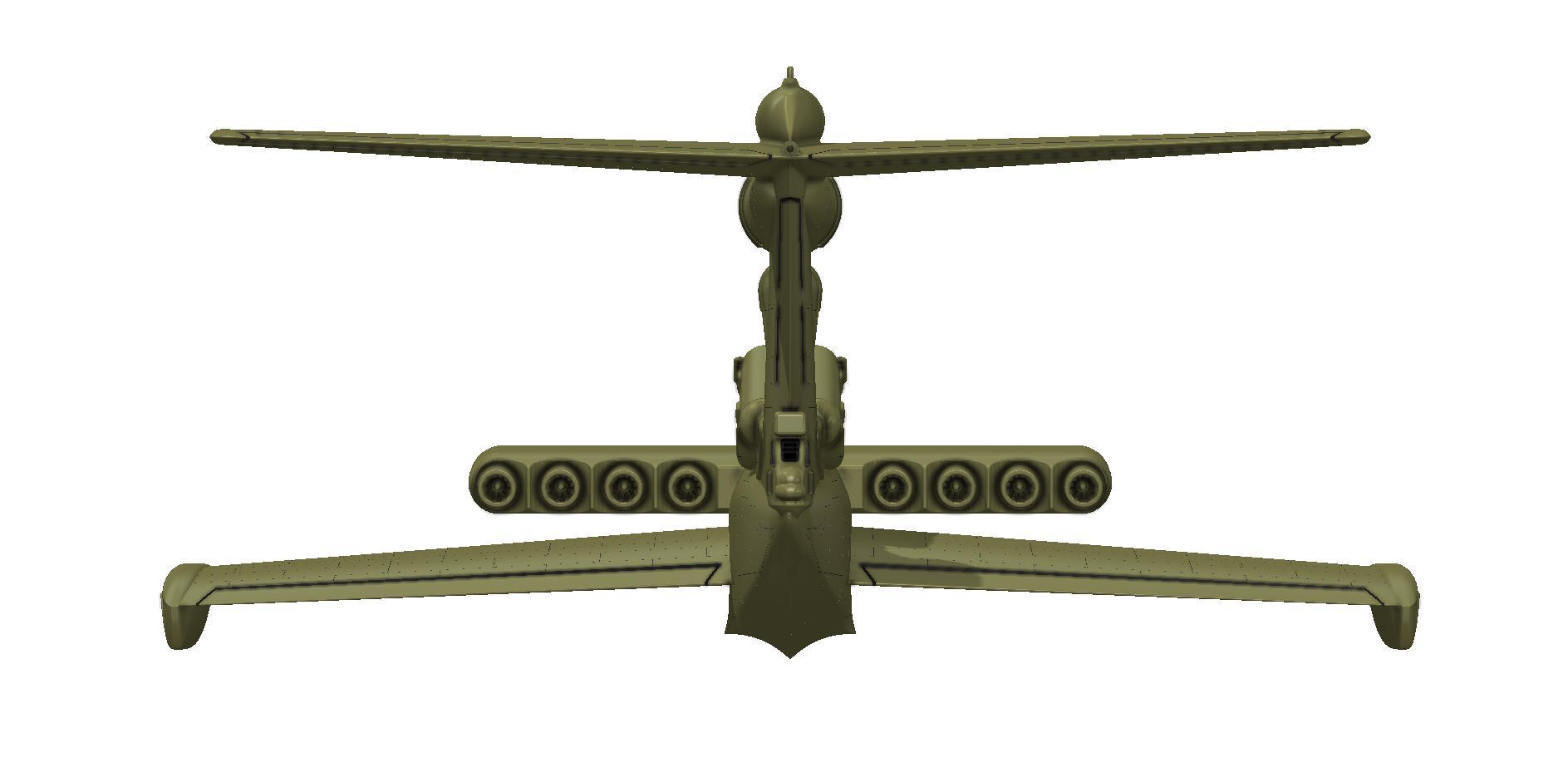

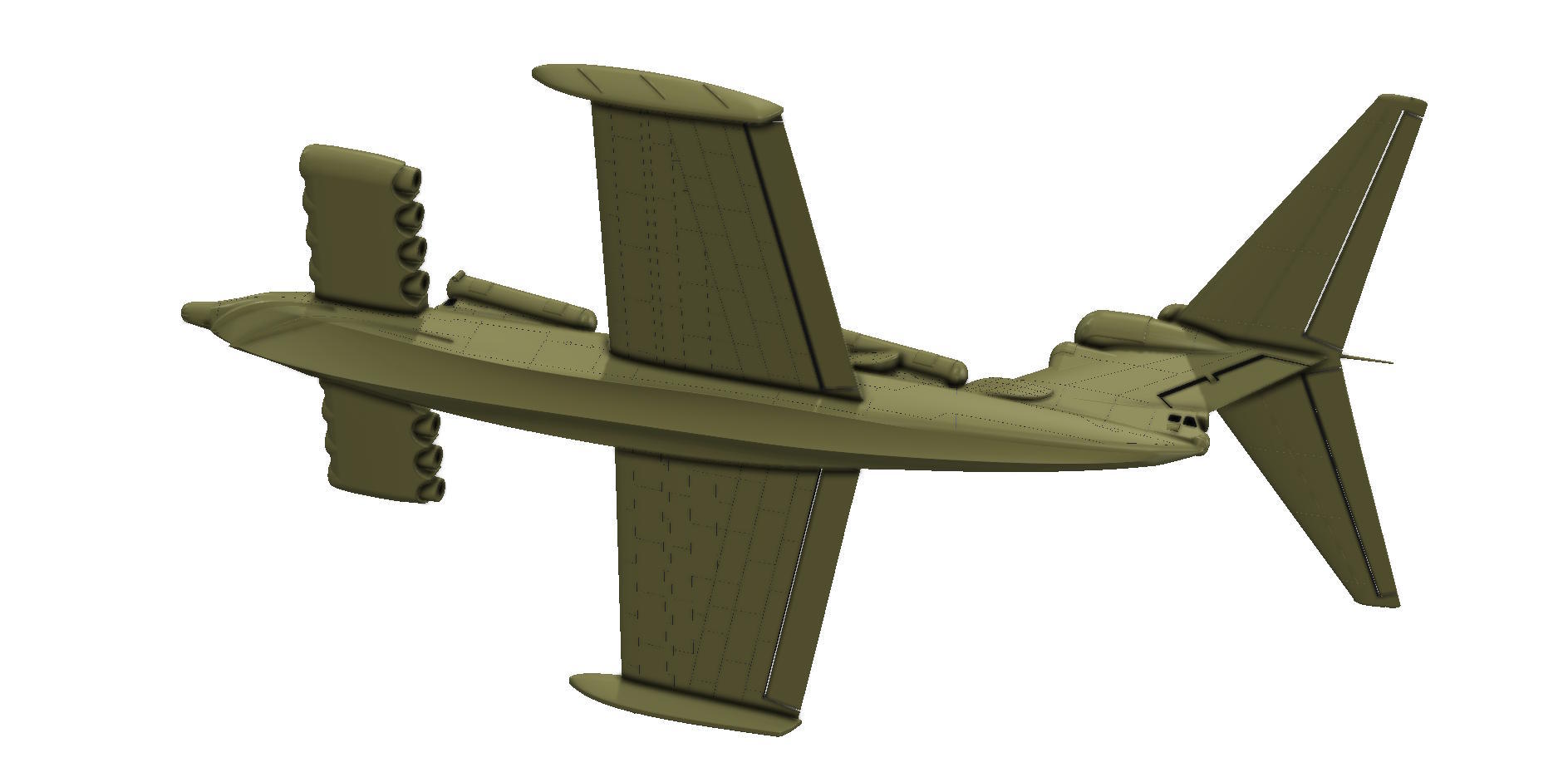
The Lun (Project 903) was the largest of its kind to reach operational status. At nearly 74 meters long and weighing over 300 tons, it was a behemoth that dwarfed many modern naval vessels. Yet despite its bulk, it could surge across the Caspian Sea at speeds over 500 km/h, thanks to eight massive NK-87 turbofan engines mounted in a tight cluster on its forward fuselage.
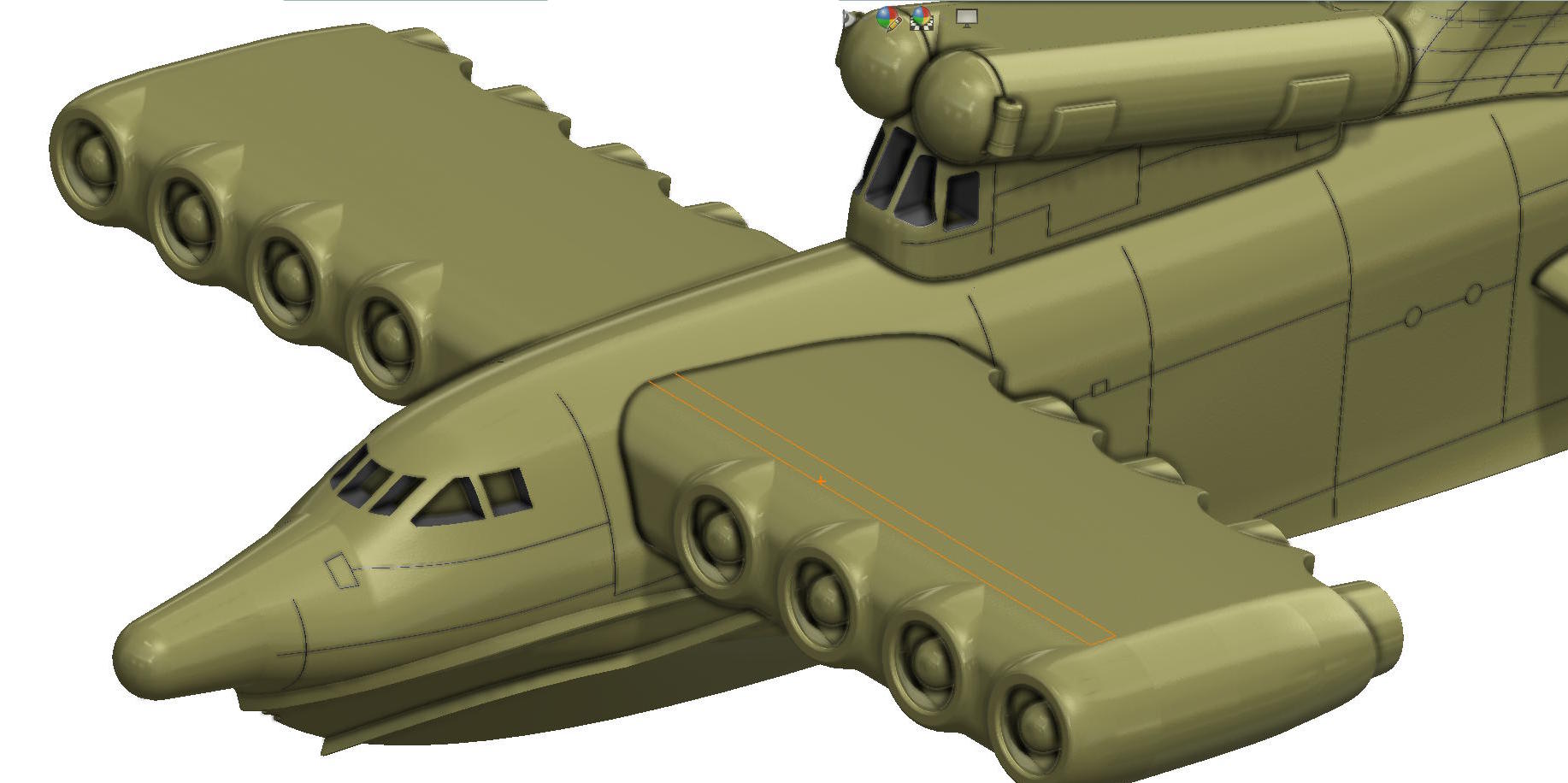
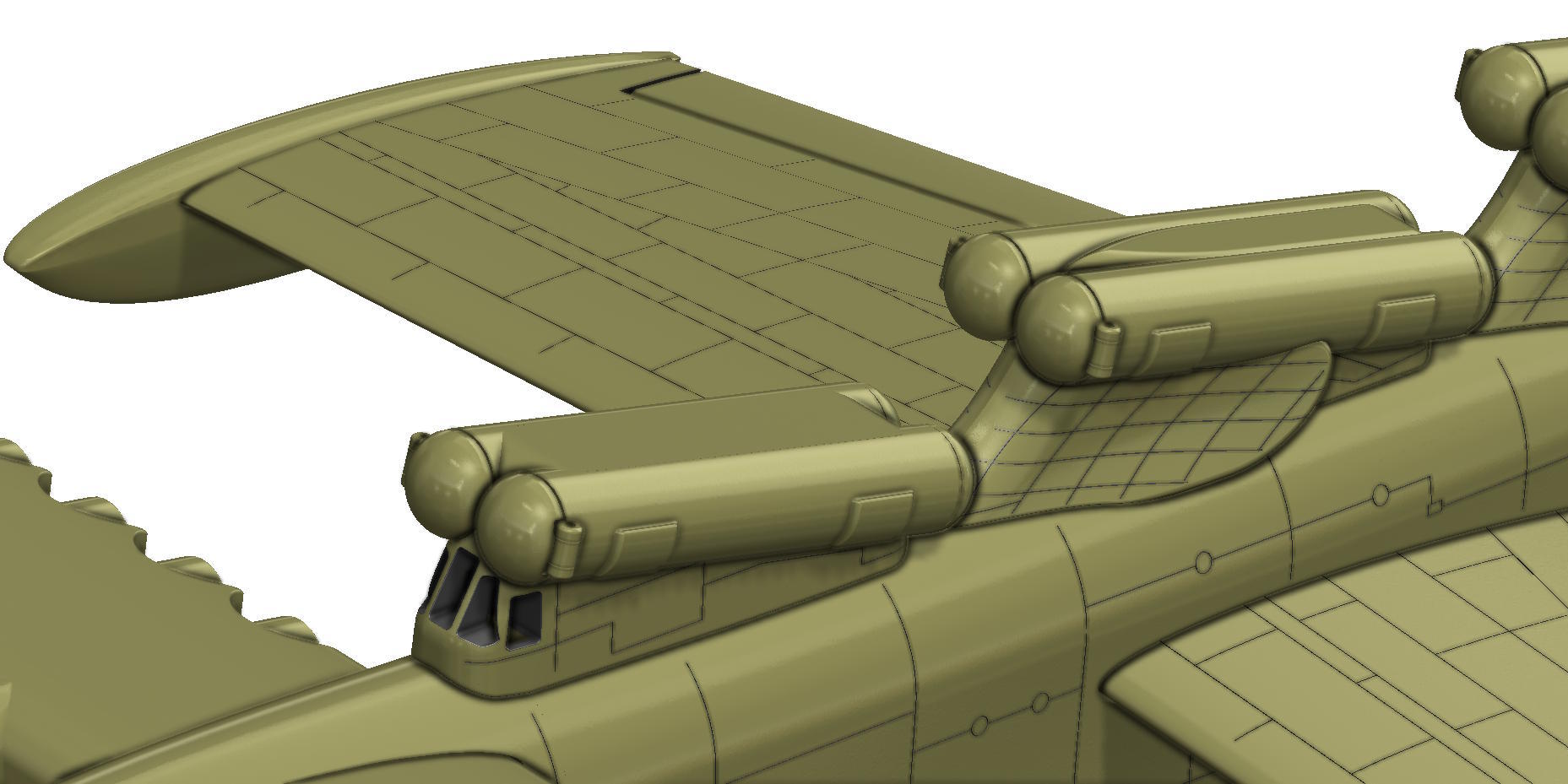





Unlike earlier experimental ekranoplans, the Lun was not a prototype. It was built as a combat vessel with a specific mission: to hunt aircraft carriers and destroy them before their aircraft could even launch. Along its back sat six enormous launchers for the P-270 Moskit (SS-N-22 Sunburn) supersonic cruise missiles. These were among the fastest and deadliest anti-ship weapons of their era, capable of traveling at Mach 3 just above the waves.


From the air, the Lun resembled a futuristic bomber; from the water, it looked like a mutant warship. Its designers hoped to combine the speed of an aircraft with the carrying capacity and firepower of a naval vessel, exploiting ground effect to fly efficiently just above the sea’s surface. Enemy radar would struggle to detect it in time, and even if spotted, few weapons of the day could react fast enough.






Only one Lun-class ekranoplan was ever completed — the MD-160, delivered to the Soviet Navy in 1987. A second hull was laid down but never finished after the collapse of the USSR. The lone completed craft spent years at Kaspiysk naval base before being towed to Derbent in 2020, where it now sits as a relic of Soviet ingenuity and ambition.

Though it never fired a missile in anger, the Lun remains a marvel of engineering and a testament to how far the Cold War powers were willing to go in pursuit of military advantage. Today, enthusiasts and historians alike regard it as one of the most fascinating dead-ends in aerospace and naval design — a true sea monster, born of an era when imagination and fear drove innovation to extraordinary lengths.Monster

Here is your free STL file







 Users Today : 2
Users Today : 2 Users Yesterday : 129
Users Yesterday : 129 Users Last 7 days : 928
Users Last 7 days : 928 Views Today : 2
Views Today : 2 Views Yesterday : 192
Views Yesterday : 192 Views Last 7 days : 1404
Views Last 7 days : 1404 Total views : 1325231
Total views : 1325231 Who's Online : 0
Who's Online : 0